Exploring the hidden gems of our world has been a thrilling quest, and Tajikistan marked a significant milestone as my 90th country on this journey. Nestled in the heart of Central Asia, Tajikistan offers a unique blend of stunning natural landscapes, rich history, and warm hospitality. This 7 days in Tajikistan itinerary covers the nation from the bustling streets of Dushanbe to the serene beauty of the Seven Lakes and Iskanderkul. Each day promises new adventures, making this itinerary a perfect guide for those seeking an unforgettable experience in this beautiful country.
Tajikistan’s history is as rich and diverse as its landscapes. The region has been inhabited for thousands of years, with evidence of human presence dating back to the Stone Age. Over the centuries, Tajikistan has been home to various ancient civilizations, including the Bactrians, Sogdians, and Khorezmians, who left behind impressive archaeological sites and artifacts.
In the 7th century, Arab armies introduced Islam to the region, which became a dominant cultural and religious force. The Persian Samanid Empire, centered in what is now Tajikistan, flourished from the 9th to 10th centuries and played a crucial role in the development of Persian literature and culture.
In the 19th century, Tajikistan came under Russian imperial rule, becoming part of the Russian Empire. After the Russian Revolution of 1917, Tajikistan briefly became an autonomous republic within the Soviet Union before being incorporated into the Uzbek Soviet Socialist Republic. It regained its status as a separate republic in 1929 and became a full Soviet republic in 1936.
After the collapse of the Soviet Union in 1991, Tajikistan declared its independence and has since faced challenges in establishing a stable government and economy. The country experienced a civil war in the 1990s, which left lasting scars on its society and infrastructure. Today, Tajikistan is striving to develop its economy and improve living standards for its people, while also preserving its rich cultural heritage.
I hope the travel tips below and one week in Tajikistan itinerary helps you.
7 days in Tajikistan itinerary
I am on the mission to travel all the 195 countries in the world (not in a race, more like in a slow and steady fashion) and recently completed 108 countries. It was a big milestone because I work hard, save for these trips and share what I know here on the blog for free so fellow travellers like you can benefit from it. Pls feel free to return the favour by ordering my new book on Amazon – A solo female traveler’s story: from Kathmandu to finding peace in 100+ countries
Day 1: Arrival in Dushanbe
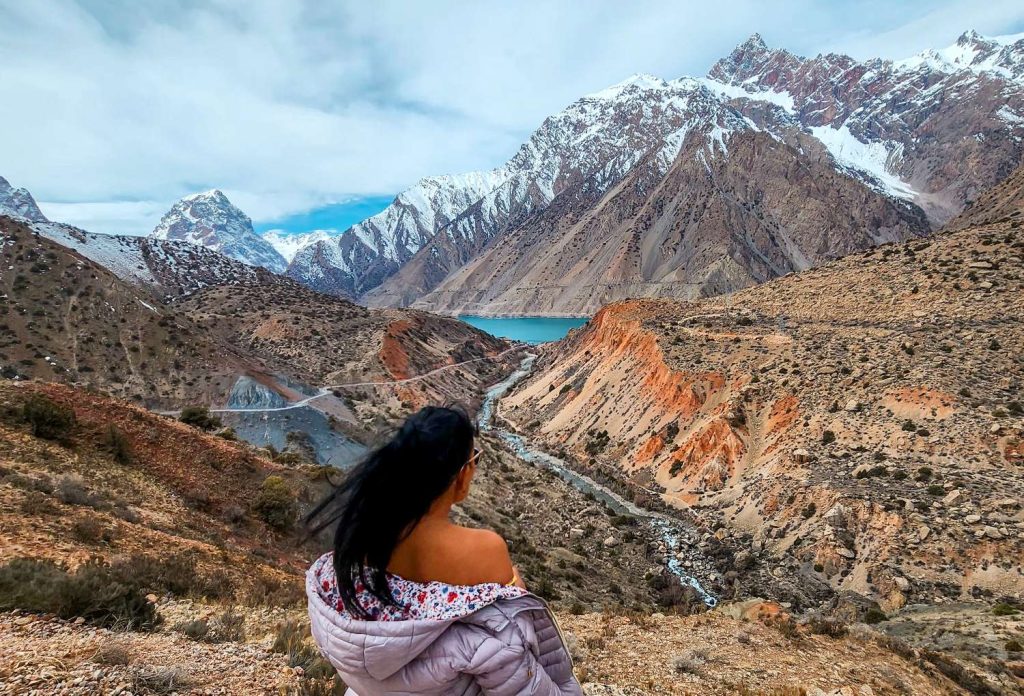
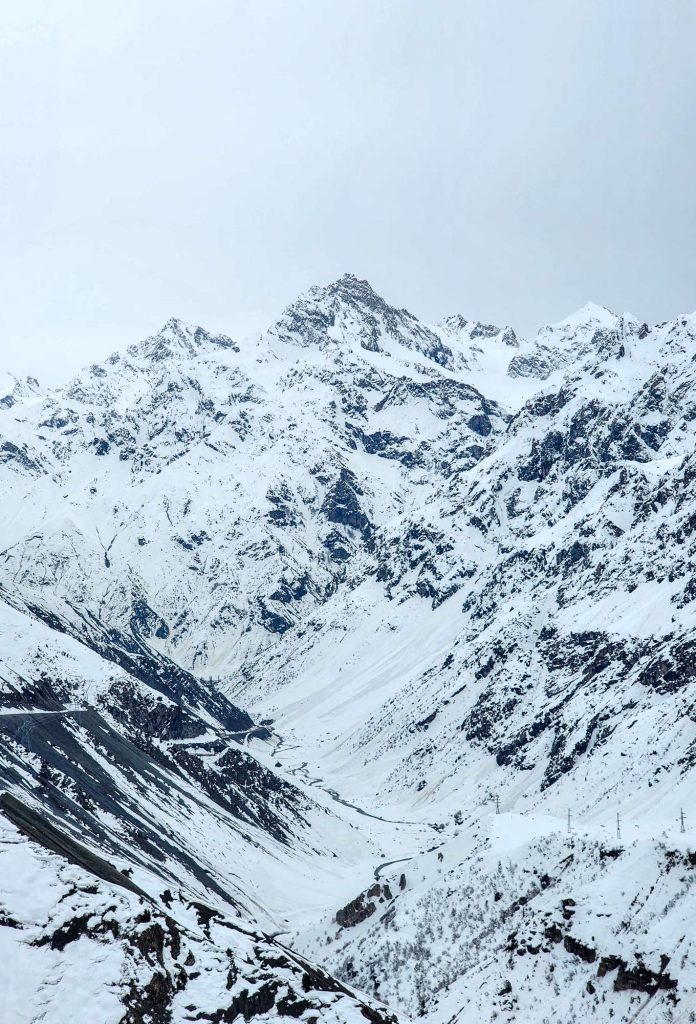
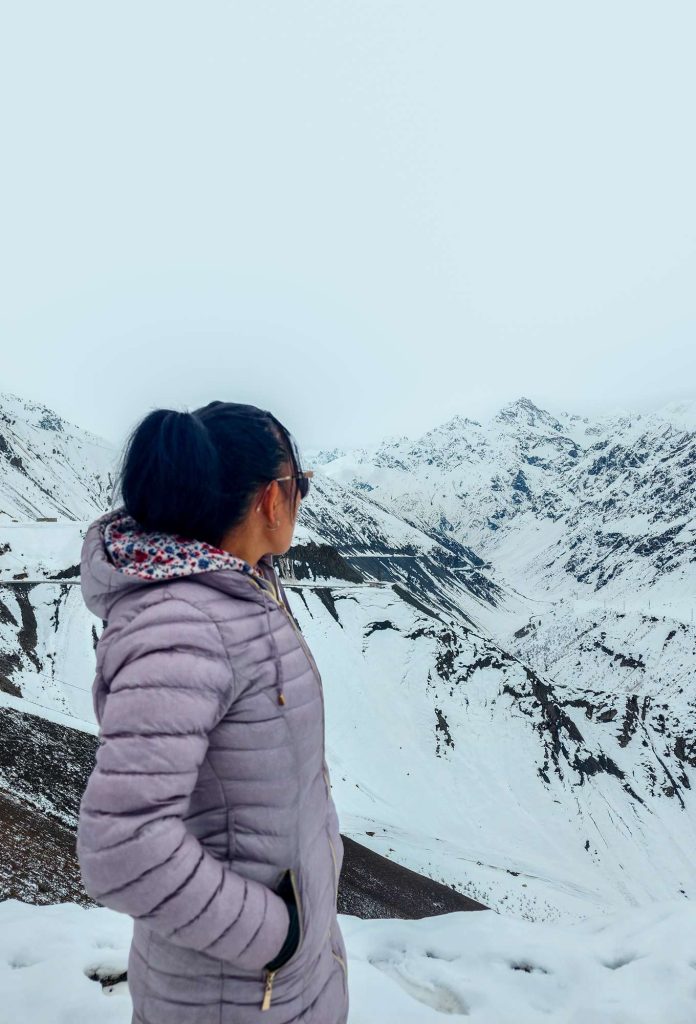
Dushanbe airport was only 5 mins from my accommodation so that was handy. After checking to unwind, I enjoyed a simple dinner at a local restaurant in a mall nearby, offering a blend of local and international cuisine. Then it was time for shower and bed, recommendation on where to sleep below.
How to get to Tajikistan?
Getting to Tajikistan typically involves flying into the country’s main international airport in Dushanbe. Here are some options for getting to Tajikistan:
- By Air:
- Fly directly to Dushanbe International Airport (DYU) from major cities in Europe (e.g., Istanbul, Moscow), the Middle East (e.g., Dubai, Istanbul), and Central Asia (e.g., Almaty, Tashkent).
- Alternatively, you can fly to nearby cities like Almaty (Kazakhstan) or Tashkent (Uzbekistan) and then take a connecting flight to Dushanbe. I flew from Almaty to Dushanbe.
- By Land:
- If you’re already in a neighboring country, you can enter Tajikistan by land. Popular border crossings include those with Uzbekistan, Kyrgyzstan, and China.
- Traveling overland often involves long journeys on sometimes rough roads, so be prepared for the adventure.
- By Train (limited options):
- There are limited international train services to Tajikistan, with most routes originating from Russia or other Central Asian countries.
- The train network is not as extensive or efficient as in some other parts of the world, so be prepared for long travel times and basic facilities.
- By Bus or Shared Taxi:
- You can also reach Tajikistan by bus or shared taxi from neighboring countries like Uzbekistan, Kyrgyzstan, and China.
- These options are often the most budget-friendly but can also be the most challenging in terms of comfort and travel time.
It’s important to check the current travel advisories and entry requirements for Tajikistan, as they can vary based on your nationality and the current situation in the country.
Where to stay in Dushanbe?
For accommodation, I recommend using booking.com and sorting with price, then consider the ones with highest reviews plus within 1km of center/old town. For city tours, I recommend using get your guide and walking tours available in most places. Alternatively, reach out toTajikistan Mountain Travel re Tajikistan trip. (Disclaimer I collaborated with them for this trip but all opinion is my own)
Dushanbe, the capital of Tajikistan, offers a range of accommodation options to suit different budgets and preferences. Here are some popular areas and types of accommodation to consider:
- City Center:
- The city center is a convenient location with easy access to restaurants, shops, and attractions.
- Accommodation options range from budget hostels to mid-range hotels and luxury hotels.
- Somoni Avenue:
- Somoni Avenue is one of the main streets in Dushanbe, lined with shops, cafes, and hotels.
- This area offers a mix of mid-range and luxury hotels, providing easy access to the city’s attractions.
- Firdavsi District:
- Firdavsi District is a quieter area located a short distance from the city center.
- It offers a more relaxed atmosphere and a range of accommodation options, including guesthouses and boutique hotels.
- Rudaki Avenue:
- Rudaki Avenue is another popular area with a mix of hotels, restaurants, and shops.
- This area is known for its vibrant nightlife and cultural attractions.
- Hostels and Guesthouses:
- Dushanbe also has a number of hostels and guesthouses, which are ideal for budget travelers and those looking for a more authentic experience.
- These accommodations often offer shared facilities and the opportunity to meet other travelers.
For accommodation, I recommend using booking.com and sorting with price, then consider the ones with highest reviews plus within 1km of center/old town.
Day 2: Dushanbe to Iskandarkul Lake
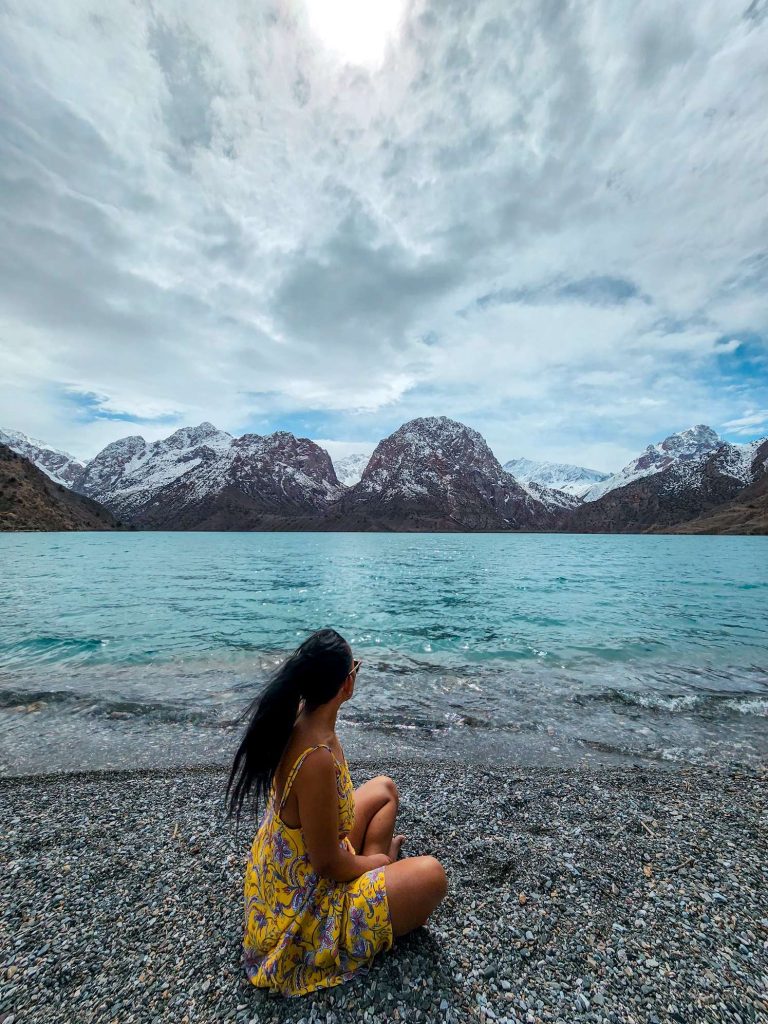
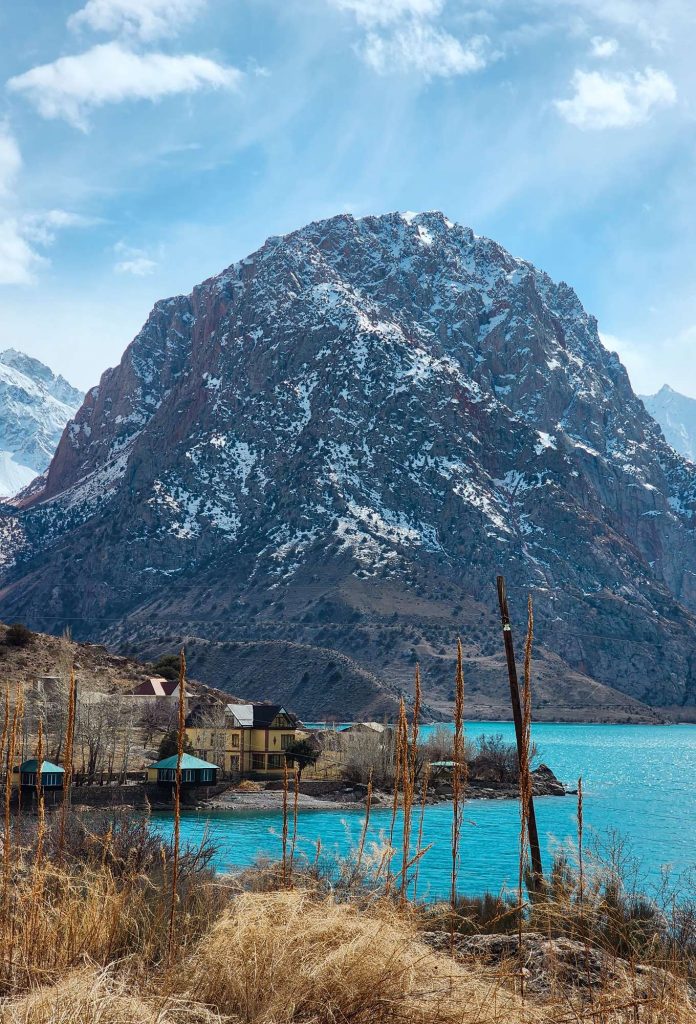

8 am I was picked up by Behzod & followed by other guests. We then embarked on a picturesque drive from Dushanbe to Iskandarkul Lake, enjoying all the stunning Fann mountains scenery along the way. The journey offers breathtaking views of the rugged landscape, with towering peaks and lush valleys unfolding before your eyes.
Iskandarkul Lake, also known as Alexander’s Lake, is steeped in history and legend. According to local lore, the lake was named after Alexander the Great, who is said to have passed through the area during his conquests. The lake is renowned for its crystal-clear waters and serene surroundings, offering a peaceful retreat in nature.



After visiting Iskandarkul Lake, we made our way to the nearby Fan Nigra Waterfalls. These powerful cascading waterfalls are a sight to behold, with their pristine waters tumbling down the rocky cliffs.
End the day we stayed at a guesthouse with a local family in Sarytag. Experienced a true Tajik hospitality as we enjoyed a traditional dinner for pilaf, a savory rice dish cooked with spices and meat, tea & sweets. After a satisfying meal, it was time for retreat to my private room for a restful night’s sleep, complete with a hot shower to rejuvenate after a day of exploration.
Day 3 and 4: Seven Lakes/ Haft Kul
New day, new adventure to one of the most anticipated location for 7 days in Tajikistan itinerary. Breakfast and we began the day with a visit to the Abuabdulloh Rudaki Mauseloum, dedicated to the renowned Persian poet Rudaki, known for his contributions to the preservation of the Persian language. We then continued to the Abulkosim Firdavsi Museum, which honours another Persian writer who also played a significant role in preserving the Persian language and literature.
Next, we explored the ancient ruins of Panjakent, which date back to the 5th to 8th centuries. These ruins offer a glimpse into the region’s rich history, showcasing the cultural influences of Farsi, Arabic, and later Russian languages.
Continuing our journey, we stopped at Sarazm for a quick bit which is an ancient settlement and UNESCO World Heritage Site known for its gold mining activities. Here, I had to show my passport to army as we entered the area!
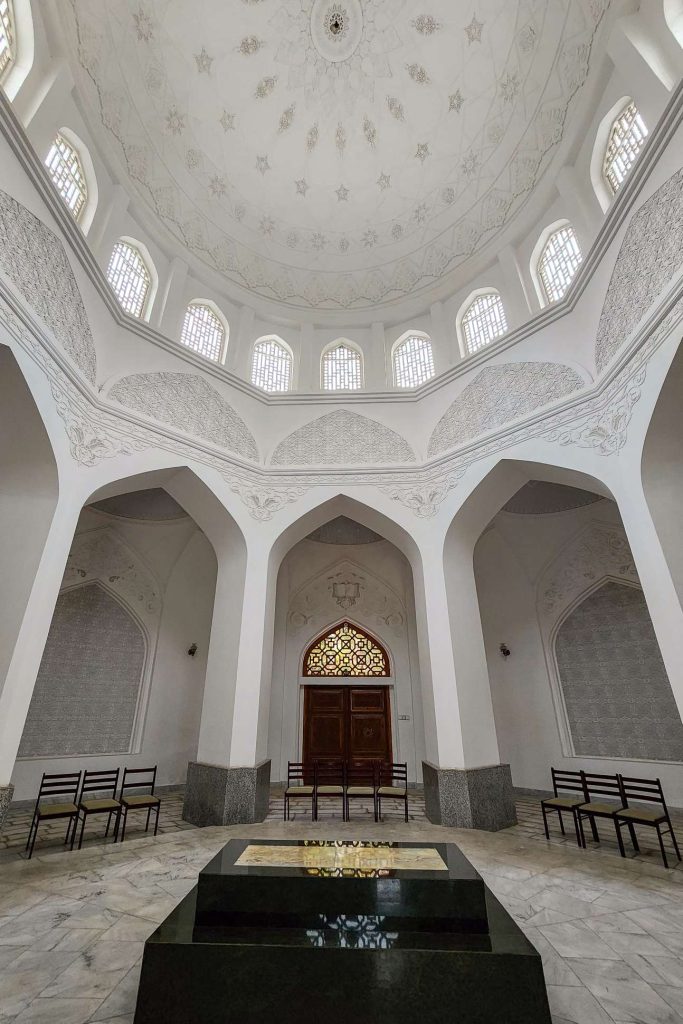
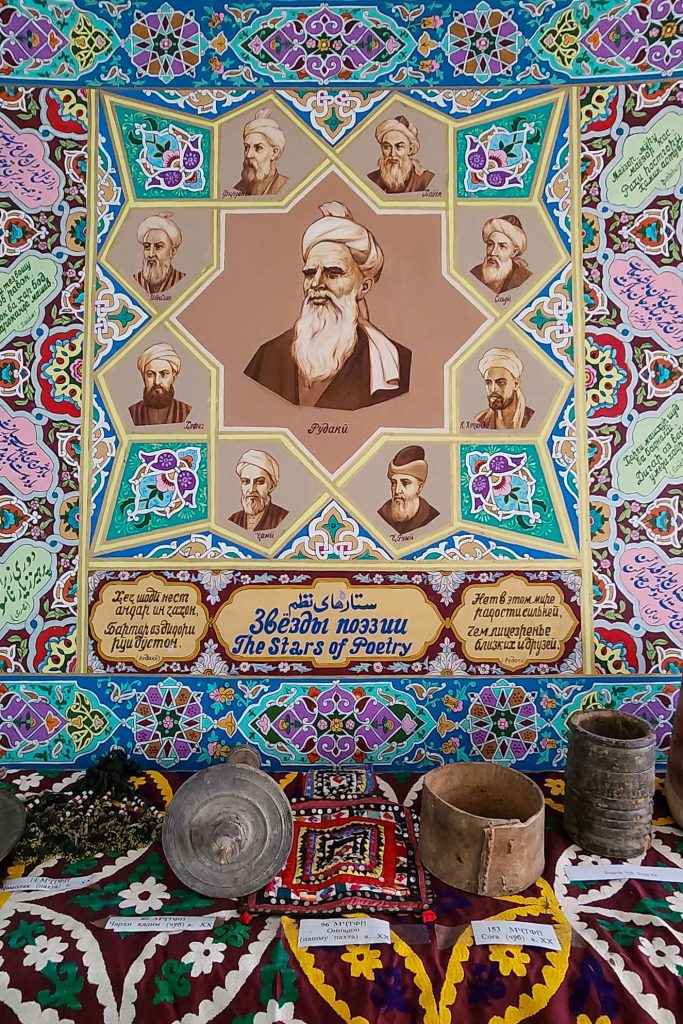
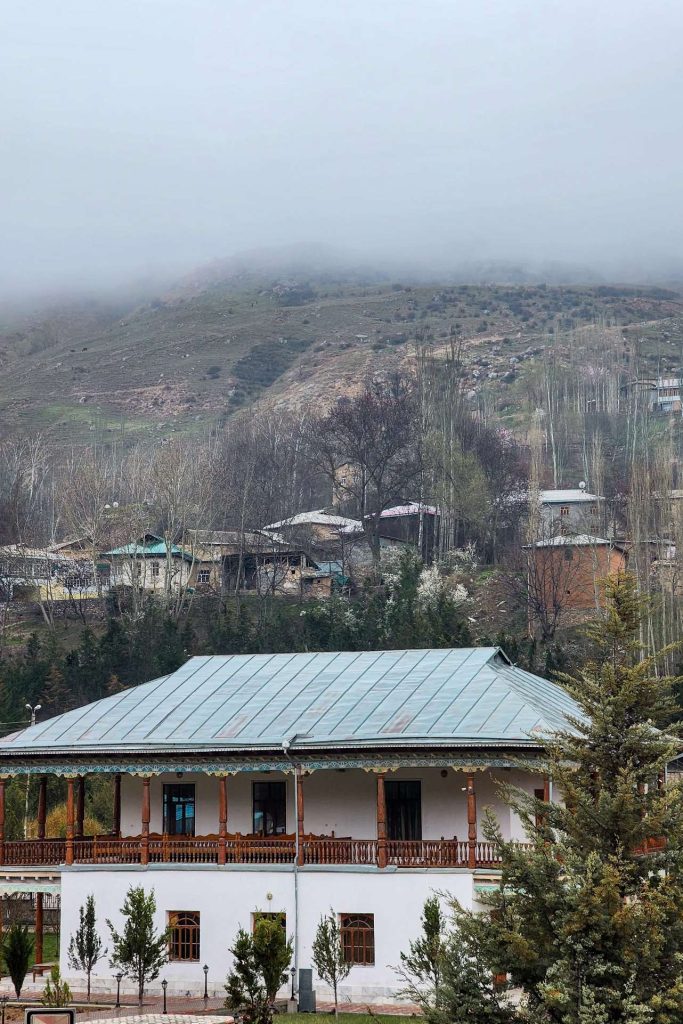
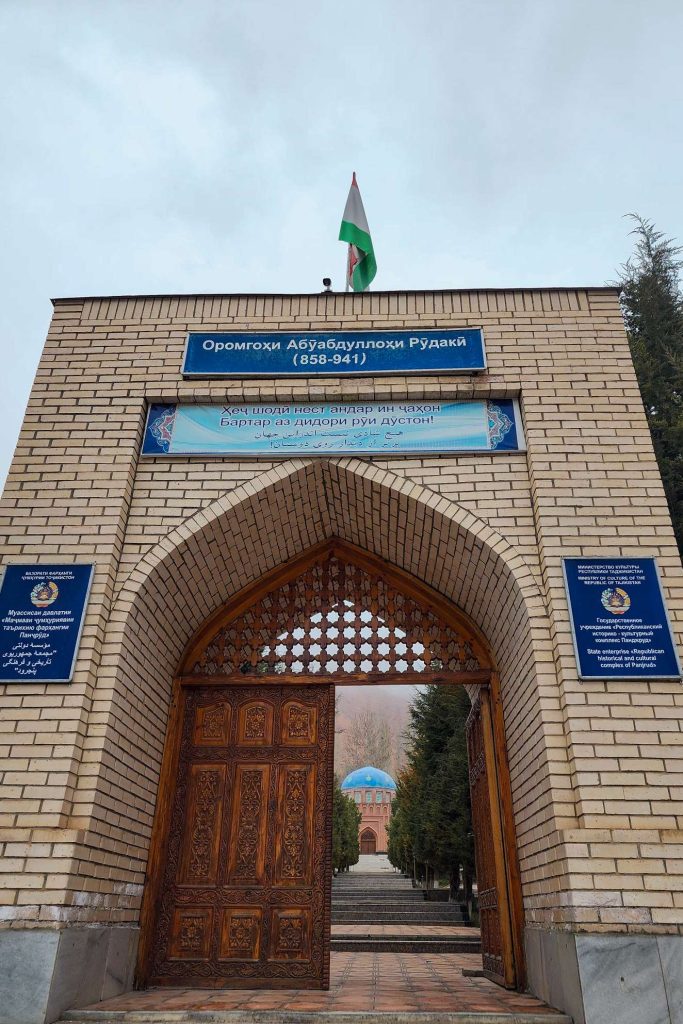
Afterwards, we drove towards the 7-Lakes region, known for its stunning natural beauty and popular hiking trails.
Arriving at the first of the 7 Lakes, I was greeted by its mesmerising deep blue hues. The second lake, with its turquoise waters, is particularly striking, offering a picturesque spot for photos. The third lake boasts similar beauty, while the fourth lake, though small, is charming in its own right.
In the evening, everyone settled into another cozy guesthouse run by a local family. I enjoyed the warmth of a fire pit in my room, creating a cozy atmosphere. For dinner, we were served a traditional Tajik dish, DIMLAMA roast, followed by a sweet halwa dessert. As the evening progresses, the lights are turned off around 8:45 pm, and you may hear the sounds of dogs barking outside as you drift off to sleep. Bring your eye mask and ear plugs if you must.
Day 4 I recommend you to spend going back to any of the 7 lakes for hikes or just to have a look and spend time visitng them during day light. Totally worth it.
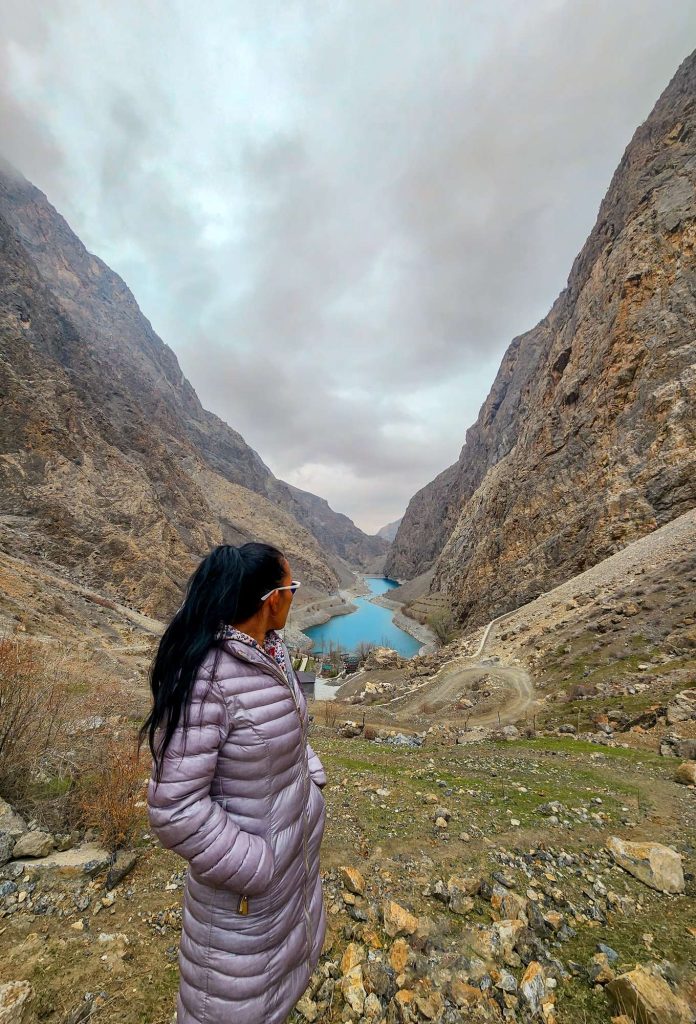





Day 5: Khujand Exploration
After breakfast, which featured a variety of delicious local dishes (pictures of which will be shared on my Instagram), we embarked on a scenic drive through dusty small villages like Flimandar and Sujina. Along the way, we stopped at a local market to sample fresh bread and snacks, immersing ourselves in the local culture.
One of our major stop of the day was the Kal’ai Mug Fortress, a historic site that offers insight into the region’s ancient past. Built in the 7th century, the fortress served as a strategic military stronghold, protecting the city and its inhabitants from invasions, today is a museum with pretty cool panoramic views of the surrounding area. You can learn about the history of the fortress and its role in shaping the region’s history in the museum.
We also visited the Azadastag Mosque, known for its stunning architecture and spiritual significance.
After visiting the fortress, we continued our exploration of Khujand with a visit to the Arbob Palace, a historic site that offers a glimpse into the region’s rich cultural heritage. Followed by the Museum of Khujand, where you can learn more about the city’s history and cultural heritage as you go through collection of artifacts and exhibits that showcase the city’s history and development over the years.
By then it was starting to rain, we decided to seek shelter and enjoy a hearty dinner at Jai Tum in Khujand. The restaurant provided a warm and welcoming atmosphere, and the meal was a perfect end to a day filled with exploration and discovery.
Stayed in a 3 star hotel in Khujand.


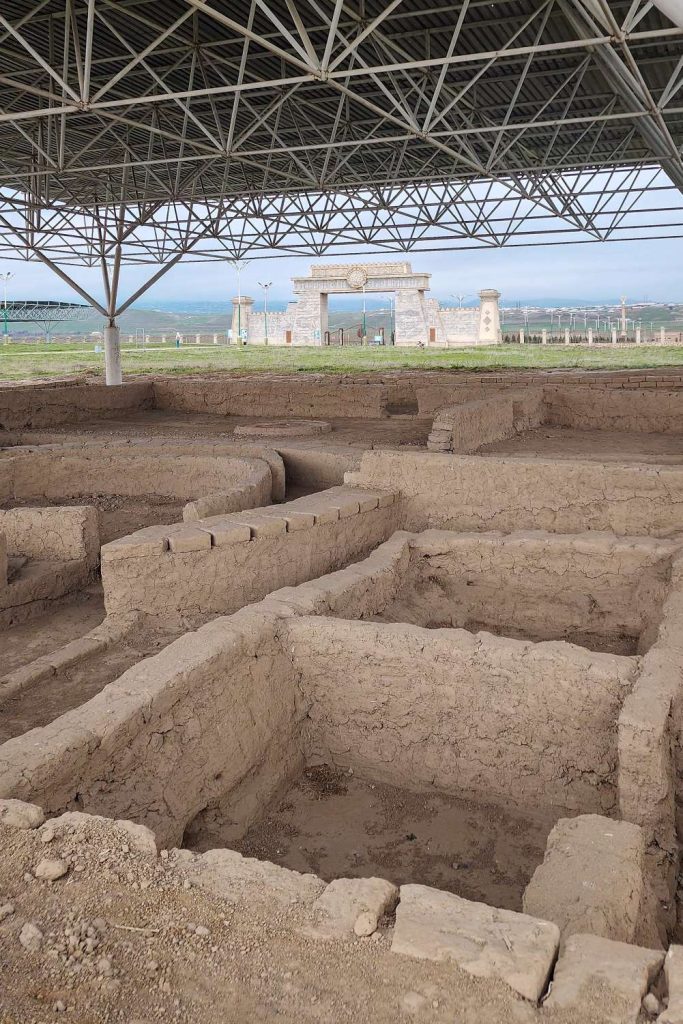

Day 6: Khujand to Dushanbe
Travel from Khujand to Dushanbe is approximately 7 hours by road so with that in mind, only few stops were made.
Started with the Khujand Fortress, an ancient citadel that offers panoramic views of the city and the surrounding mountains. Nearby, visited the Panjshanbe Bazaar, one of the largest and oldest markets in Tajikistan, where you can shop for local handicrafts, spices, and souvenirs.
Next, explored the city center and its parks, where you can relax and enjoy the peaceful surroundings. Take in the sights and sounds of Khujand, and immerse yourself in the local culture before heading back to Dushanbe for the night.
Day 7: Exploring Dushanbe
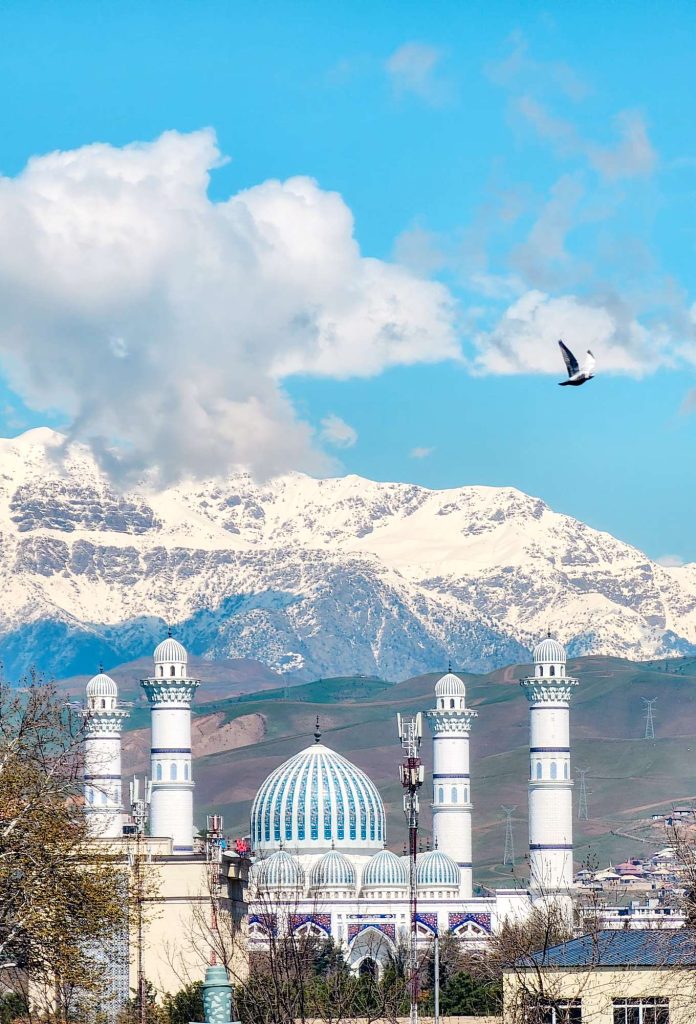
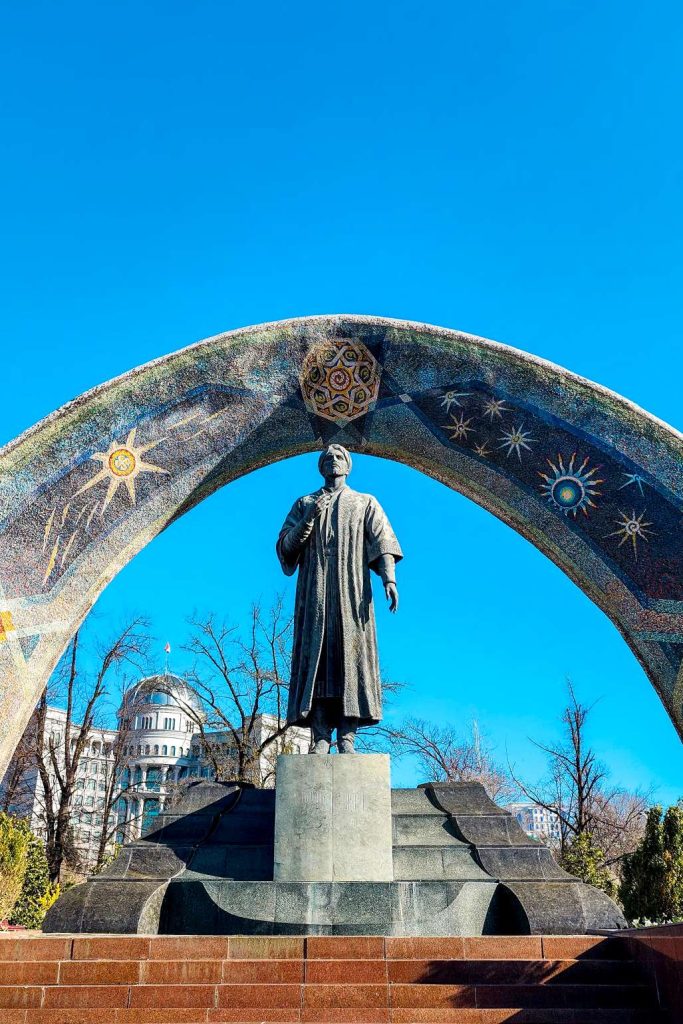
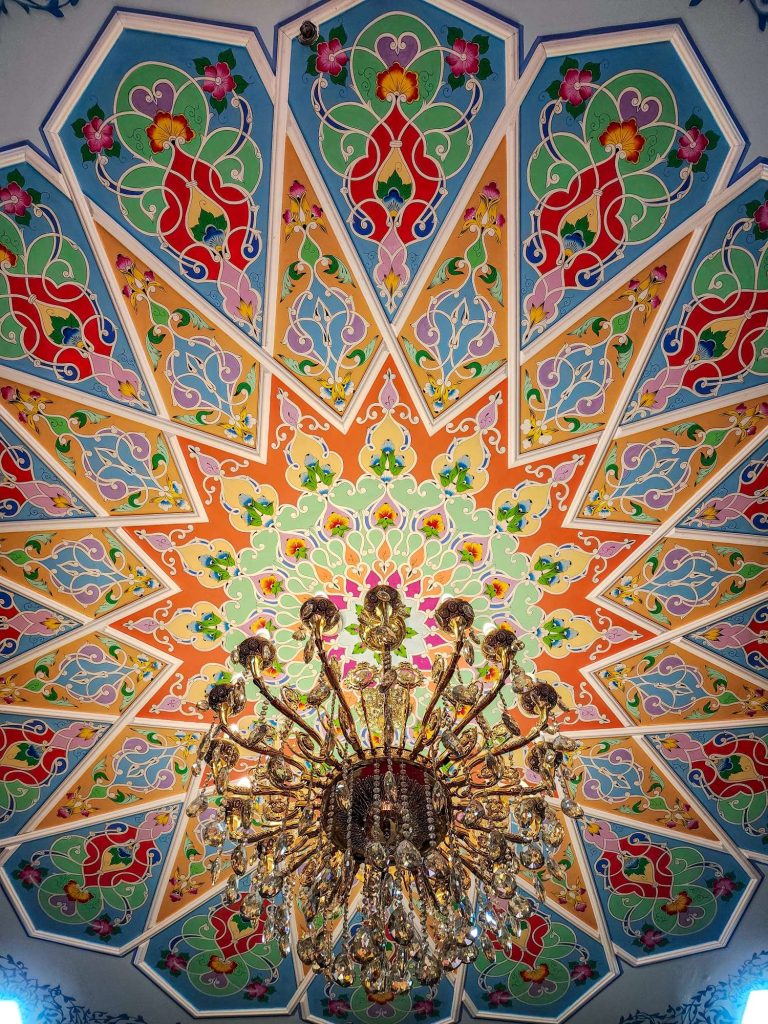
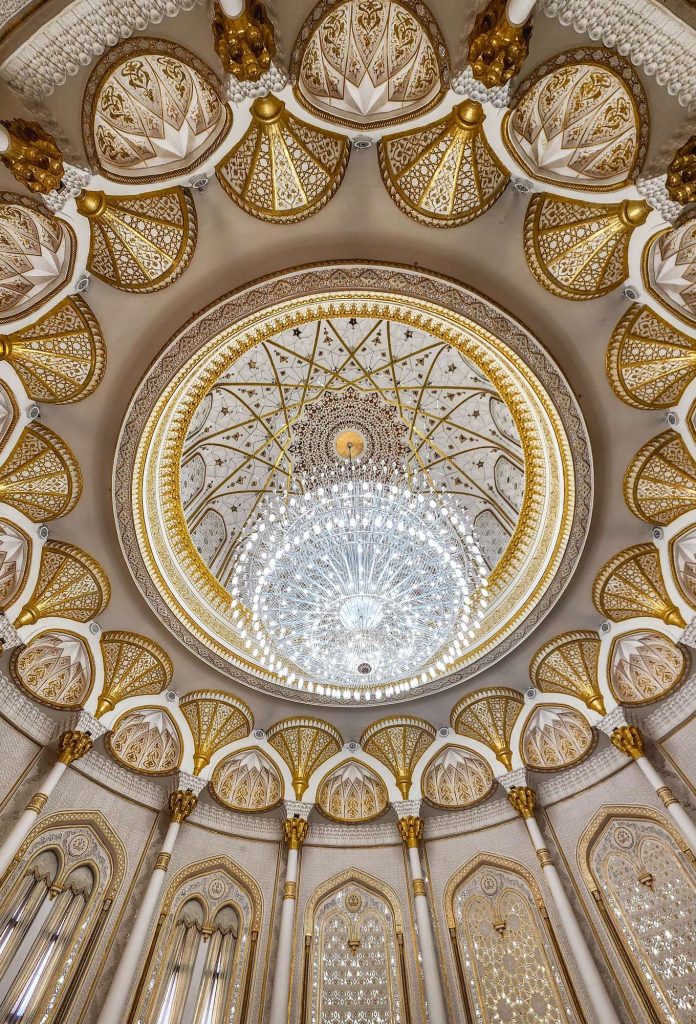
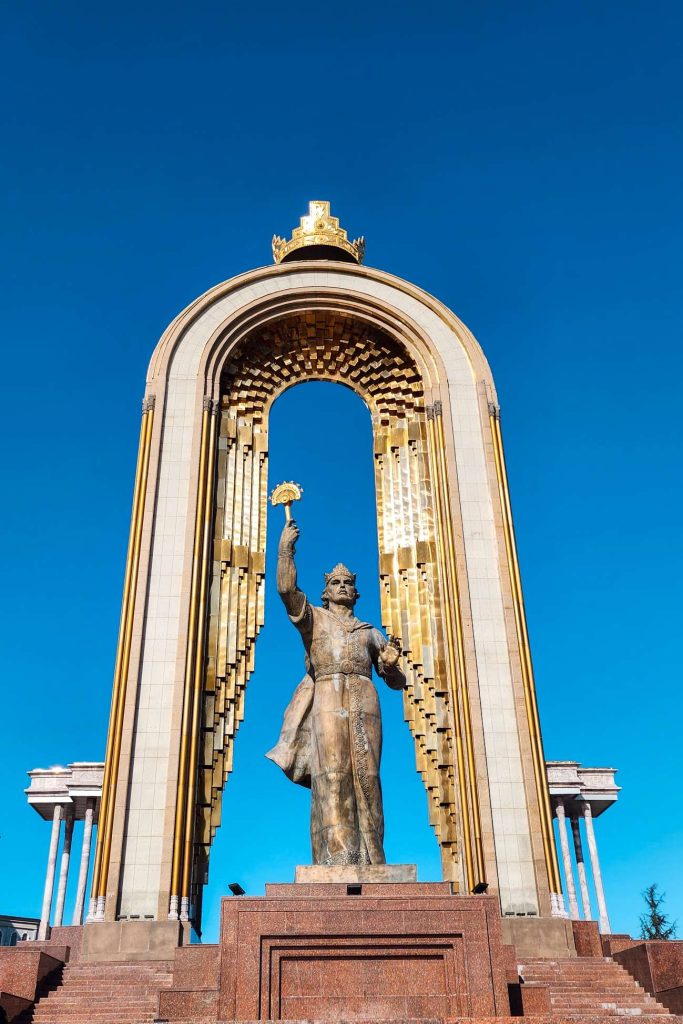
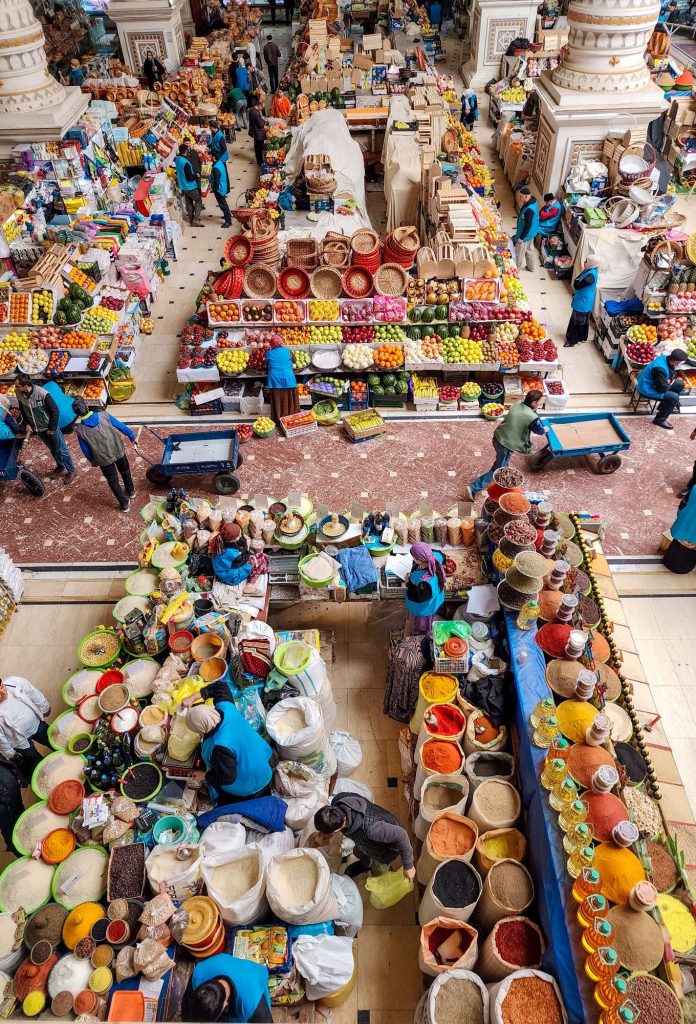
On the final day of 7 days in Tajikistan itinerary, it was time for city tour. We explored the capital city of Dushanbe by first, visiting the Navruz Palace as the door opended at 10am, a beautiful example of Tajik architecture, known for its intricate design and cultural significance. There was a english speaking guide so it was handy for explanation.
It was built with intricate designs and vibrant colors, the palace is a testament to the country’s rich cultural heritage. It stands as a tribute to the traditional art and craftsmanship of Tajikistan, showcasing the country’s unique blend of Persian and Central Asian influences. The Navruz Palace is not just a building; it is a living representation of Tajikistan’s past, present, and future, embodying the spirit of the Tajik people and their enduring traditions. You can even hire/rent the place for wedding, birthdays, events etc.
Next, Behzod drove me to visit Dushanbe City Monument, a symbol of the city’s vibrant culture and history. Then, took a leisurely stroll through Rudaki Park, named after the Persian poet Rudaki, and enjoyed the serene atmosphere.
Continued our exploration with a visit to the National Museum of Tajikistan, where you can learn about the country’s rich history, culture, and art. Don’t miss other attractions in the city, such as the Ismaili Centre or the Somoni Monument too.
If you still have time, recommend to explore local markets and shops to pick up some souvenirs, such as traditional handicrafts, textiles, and spices.
As the day came to an end, I was headed to the airport for departure, reflecting on the unforgettable experiences and memories I’ve just made during my time in Tajikistan.
Tajikistan Mountain Travel
I would like to add a review here re Tajikistan Mountain Travel as they made my Tajik trip unforgettable. As a solo female traveller, my number one concern is safety and Behzod, the guide/driver I had on this trip made sure of it, plus he carries years of professional guiding experience, was fun to talk to, respectful and friendly at the same time.
He always ensured I was okay with everything and made me feel so welcome in a foreign country. I never had to worry about anything before/during or after the trip. Also, the communication received from this company was fast, and the itinerary planned was thoughtful.
Highlights for me were Lake Iskandarkul, Seven lakes, and all the small villages, valleys, and lakes we stopped at. Roads in Tajikistan aren’t always good being a mountain country, but Behzod driving skills were top-notch!
Accomodations on the overnights were some of the best in the areas and were hand picked by the company after lot of trials which meant you could trust that you will be taken care of with food and heating in winter. On the trip, I also got to meet 3 other people who were nice and friendly. It was good to see Behzod catered to everyone’s needs flawlessly.
He even picked up and dropped off me and other guests from the airport. What a nice touch! I truly believe he was the reason for this trip to my country #90 being memorable, and I thank him for it. So if you can have him as your guide, you’ll be lucky. If not, I am positive the company has other professional guides, too.
7 days in Tajikistan Travel Guide
I didn’t have enough time to go for pamir highway tours or wakhan valley but that gives me another reason to go back. Perhaps on a group tour again or solo travel to Tajikistan, only time will tell! Anyhow, here are some more faqs:
Best time to visit Tajikistan?
The best time to travel to Tajikistan largely depends on your preferences and the activities you plan to engage in. However, generally speaking, the most favorable time to visit Tajikistan is during the spring and autumn months, particularly from April to June and September to October.
During these seasons, the weather is mild and pleasant, with comfortable temperatures and relatively low precipitation levels. Spring brings blooming flowers and lush landscapes, while autumn showcases vibrant foliage and clear skies. These months are ideal for outdoor activities such as hiking, trekking, and sightseeing.
Summer, from July to August, can be hot in the lowland areas, including Dushanbe, but it’s also the best time to explore higher elevations and mountainous regions, where temperatures are cooler. However, be prepared for occasional rain showers, especially in the afternoon.
Winter, from December to February, is cold and snowy, particularly in the mountainous areas. While this season may not be ideal for outdoor activities, it offers opportunities for winter sports enthusiasts to enjoy skiing and snowboarding in the country’s ski resorts.
Ultimately, the best time to travel to Tajikistan depends on your interests and what you hope to experience during your visit. Be sure to check the weather forecasts and consider seasonal events and festivals when planning your trip.
What are must try food in Tajikistan?
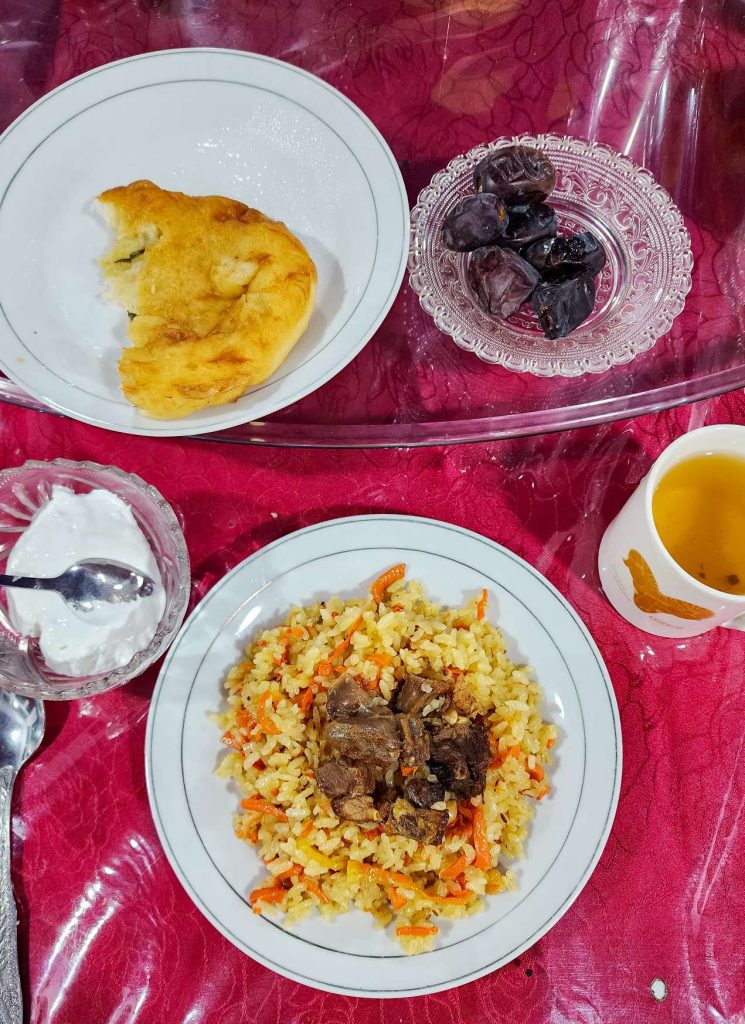
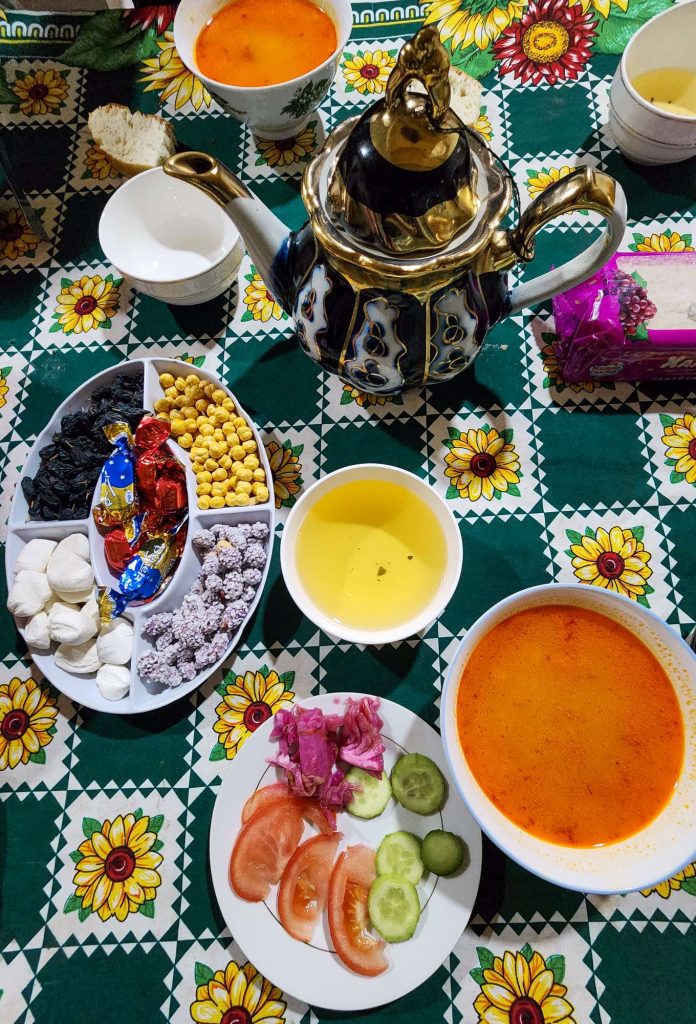

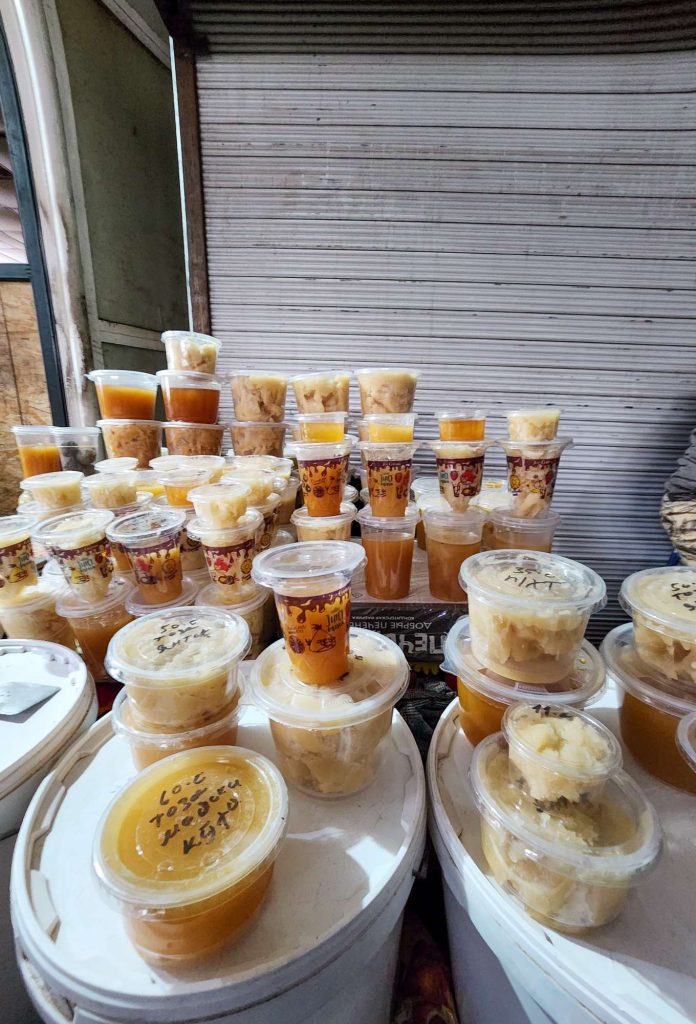


Tajik cuisine offers a rich tapestry of flavors, influenced by its Central Asian and Persian roots. Here are some must-try dishes when visiting Tajikistan:
- Osh: Also known as plov, this dish consists of rice cooked with meat (usually lamb or beef), carrots, and spices. It’s a staple dish in Tajik cuisine and is often served on special occasions.
- Shashlik: These are skewers of marinated and grilled meat, usually lamb or beef. They are commonly served with bread and vegetables.
- Sambusa: These are savory pastries filled with minced meat, onions, and spices, then deep-fried until crispy. They are a popular street food snack.
- Laghman: This is a noodle dish with a spicy sauce, often containing meat, vegetables, and herbs. It’s hearty and flavorful, perfect for a filling meal.
- Qurutob: A traditional dish made with pieces of flatbread soaked in a mixture of yogurt and water, then topped with onions, tomatoes, and herbs. It’s a unique and delicious dish that’s worth trying.
- Chakka: A fermented milk drink similar to kefir, often served as a refreshing beverage.
- Halva: A sweet dessert made from ground sunflower seeds or sesame seeds, mixed with sugar and sometimes nuts or dried fruits. It’s a popular treat in Tajikistan.
- Pamiri bread: A type of flatbread that is often baked in a tandoor oven and served with various dishes. It’s known for its soft texture and slightly tangy flavor.
These are just a few examples of the diverse and delicious cuisine that Tajikistan has to offer. Be sure to explore local markets and eateries to discover even more culinary delights during your visit.
What are popular drinks to try in Tajikistan?
Tajikistan offers a variety of beverages that reflect its cultural heritage and climate. Here are some popular drinks to try:
- Green Tea: Tajikistan is known for its tea culture, and green tea is a staple beverage. It is often served throughout the day and is a symbol of hospitality.
- Chai: Black tea, or “chai,” is also popular and is often brewed strong and served with sugar and sometimes milk. It’s a comforting drink enjoyed in homes and teahouses.
- Kumis: This fermented dairy drink is made from mare’s milk and is a traditional beverage in Central Asia. It has a tangy flavor and is believed to have health benefits.
- Shirchoi: This is a hot drink made from milk, water, and sometimes butter, mixed with flour or starch to create a thick, creamy texture. It’s often flavored with spices like cinnamon or cardamom.
- Ayran: A refreshing yogurt-based drink, similar to lassi, often served cold and flavored with salt or herbs.
- Fruit Juices: Tajikistan is known for its abundant fruit orchards, so fresh fruit juices, such as apricot, cherry, and pomegranate juice, are popular and widely available.
- Local Wines: Tajikistan has a growing wine industry, and local wines made from grapes grown in the fertile valleys are worth trying. Ranging from sweet to dry, these wines are often enjoyed with meals.
- Vodka: While not unique to Tajikistan, vodka is a popular alcoholic beverage in the country and is often enjoyed during social gatherings and celebrations.
Local Currency in Tajikistan
The local currency in Tajikistan is the Tajikistani Somoni, abbreviated as TJS. The somoni is named after Ismail Samani, a ruler of the Samanid dynasty, which played a significant role in the region’s history. The currency is issued and regulated by the National Bank of Tajikistan.
Is Tajikistan safe to travel alone?
Traveling to Tajikistan alone can be safe, but like any travel destination, it’s important to take certain precautions. Here are some tips to help ensure a safe and enjoyable solo trip to Tajikistan:
- Research: Familiarize yourself with the local customs, culture, and laws before you go. Understanding the local context can help you avoid misunderstandings and stay safe.
- Stay Connected: If you can keep your family and friends informed about your travel plans and stay in touch regularly. Consider getting a local SIM card for your phone to stay connected.
- Accommodation: Choose reputable accommodation options, especially when traveling alone. Look for places with good reviews and a safe location.
- Transportation: Use reputable transportation options, such as official taxis or public transportation. Avoid traveling alone at night, especially in unfamiliar areas.
- Health and Safety: Take necessary health precautions, such as vaccinations and travel insurance. Be aware of your surroundings and trust your instincts if a situation feels unsafe.
- Local Customs: Respect local customs and dress modestly, especially in more conservative areas. This can help you avoid unwanted attention.
- Emergency Contacts: Keep a list of emergency contacts, including local authorities and embassy contacts, with you at all times.
Overall, Tajikistan can be a safe destination for solo travelers, but it’s important to take common-sense precautions and stay aware of your surroundings.
Which sim card to buy in Tajikistan?
When traveling to Tajikistan, you can purchase a local SIM card to stay connected. The two main mobile network operators in Tajikistan are Tcell and Beeline. Both operators offer SIM cards that you can purchase at their respective stores, kiosks, or authorized dealers throughout the country.
Here are some details about each operator:
- Tcell: Tcell is one of the largest mobile operators in Tajikistan and offers good coverage in most parts of the country. They offer various prepaid SIM card options, which you can top up with credit for calls, texts, and data.
- Beeline: Beeline is another major mobile operator in Tajikistan, offering competitive rates for calls, texts, and data. They also provide prepaid SIM cards that you can easily top up at their stores or through their mobile app.
Before purchasing a SIM card, make sure your phone is unlocked and compatible with the local networks. You’ll also need to present your passport for registration when buying a SIM card in Tajikistan, as it’s a legal requirement.

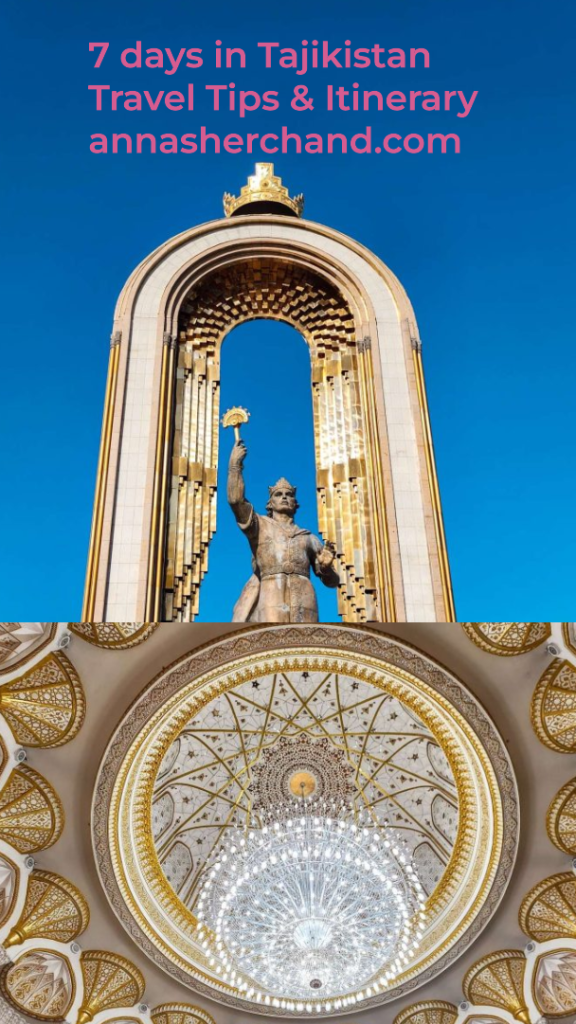
Let me know in the comments:
If you have any questions about 7 days in Tajikistan itinerary
Solo travel to Almaty, Kazakhstan itinerary
7 days Mongolia travel itinerary
Venezuela itinerary and travel tips
5 days in Uruguay itinerary
Backpacking Paraguay itinerary and travel tips
Solo trip to Peru One month itinerary
Solo female travel Colombia
7 days backpacking in Ecuador itinerary
Solo female travel to Georgetown Guyana
5 days in Oaxaca itinerary
2 days in Mexico City itinerary
7 Days Itinerary in Georgia
4 Days in Azerbaijan Itinerary
Best places to visit from Split
2 days in Split, Croatia
Solo traveling to Mostar
Solo female travel to Kotor
Solo female travel to Budva
Solo female travel Albania
Warsaw by Train covers warsaw travel tips
Check out One day in Luxembourg, western Europe
Day trip from Zurich to Liechtenstein
Travel tips to South America
Fiji solo travel guide
Australia east coast must-see
Backpacking in Melbourne, Australia
Digital nomad guide to Melbourne
14 best area to stay in Melbourne CBD
Master Sydney travel guide
Solo travel guide to Brisbane
Exploring Adelaide the best way is a must-read
Important travel tips for Uluru trip
Melbourne day trips in winter
Day Hikes in Melbourne
Weekend getaway? Check out things to do in Ballarat
Perth solo itinerary
Top 5 must do in Darwin, Australia
How to go from Dublin to Howth
Solo female travel Romania
Read a recent day trip to Zaanse Schans from Amsterdam
How about a solo itinerary to Canberra– Australia’s capital city?
Solo trip to Peru, travel tips to South America
Check out the 7 days Hanoi travel guide.
Book accommodation through trusted Booking.com
I have detailed travel resources right here. Save money, learn what and how.
If you like this article, follow my adventures on Instagram, Facebook, YouTube, Twitter, and Pinterest, or read about me travel blogger from Australia but most importantly sign up to my e-mail list to keep up with updates and travel posts!

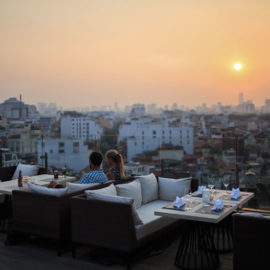
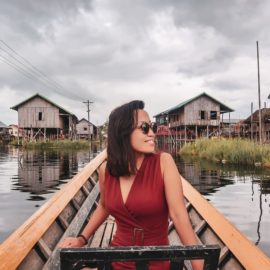
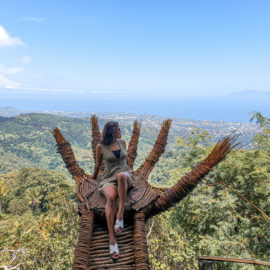
Nice and beautiful blog 🙂
I see you went in winter. How was it? Which month you went in specifically? I am planning to go in January next year and not sure if lakes would be frozen or not.
Hi, could you share the tour guide from Dashunbe to Iskanderkul?
Thank you